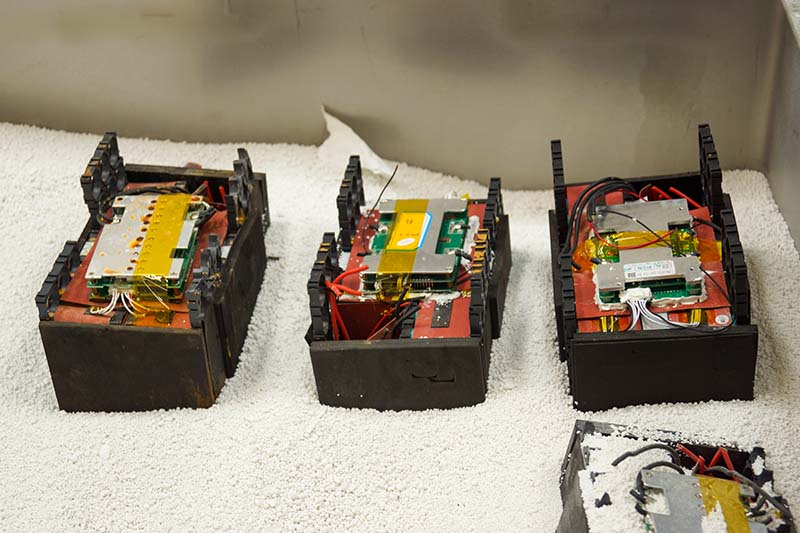
The electric vehicle (EV) revolution promises a cleaner future for transport and a healthier planet for all. But it’s not without its challenges. One prominent hurdle to overcome is what to do with the lithium-ion batteries found in EVs, once they reach the end of their intended lives.
However, it is not just about EVs.
Lithium-ion batteries are everywhere. You’ll find them powering the traffic lights keeping us safe and moving on our roads, in power tools and mobile phones, and in the trains, planes and boats that connect us to the world – to name just a few applications. And, wherever you find these batteries, you find the same recycling challenges.
At EMR, we make a habit of solving the challenges of tomorrow. For a long time, we’ve been focused on creating a circular economy for the materials found in lithium-ion batteries at the scale needed to keep the UK moving towards net-zero at pace. And as we’re close to defining this solution and removing this key barrier, we’re starting to think bigger.
Historically, there has been no definitive answer as to how to get these valuable materials back into the supply chain, so manufacturers start afresh every time they make a new product. That is a recipe for environmental and material supply disaster.
Batteries from other sectors, such as construction, rail, aviation and shipping have the same chemistries as EV batteries and need to be held to the same regulations and be expected to follow the same recycling programme as EV batteries.
With the right support and legislation, manufacturers would be empowered to see these vital resources make their way back into the circular economy – and into the products of the future.
But when we say we’re thinking bigger, we mean even bigger than that.
Reuse
We’re exploring opportunities to reuse EV batteries – bypassing the processing stage of recycling entirely and saving even more carbon. There’s no reason why the same practice couldn’t be applied to all lithium-ion batteries. We could see them go on to power vessels, homes, or the next generation of electric vehicles, without having to be shredded, melted, granulated, and put back into the manufacturing process.
The opportunities are there for us to discover – and I am excited to see just how vast they are.
We will soon be opening our Duddeston Battery Centre, which will consist of an EV battery recycling facility and a research centre, which will recycle the lithium-ion batteries of today and reuse, repurpose and recycle them into the technologies of tomorrow.
This is just the beginning.
The recycling of EV batteries is an essential element in creating a low-carbon impact circular supply chain for electric vehicles, as the industry prepares for their widespread uptake over the next decade, and EMR is dedicated to establishing the best practice principles that will see every EV battery recycled; safely and effectively.
However, the learnings emerging from solving this challenge have boundless potential, and we don’t plan to ignore it. We will explore opportunities to extract more valuable materials from a wider range of batteries, ensuring we always have the resources we need to continue to innovate, create, build, and manufacture. And ensuring the world around us doesn’t have to suffer for that.